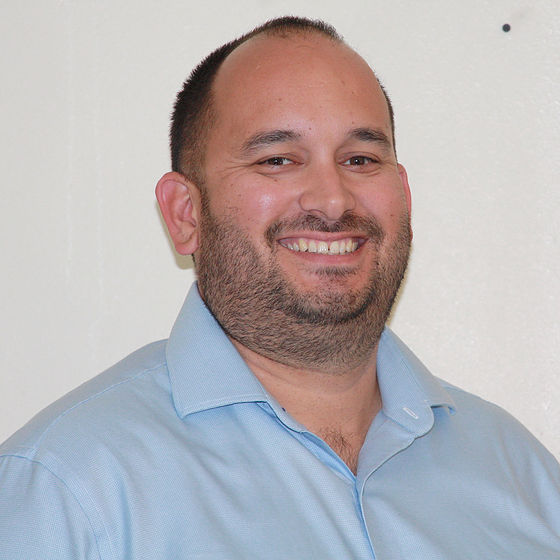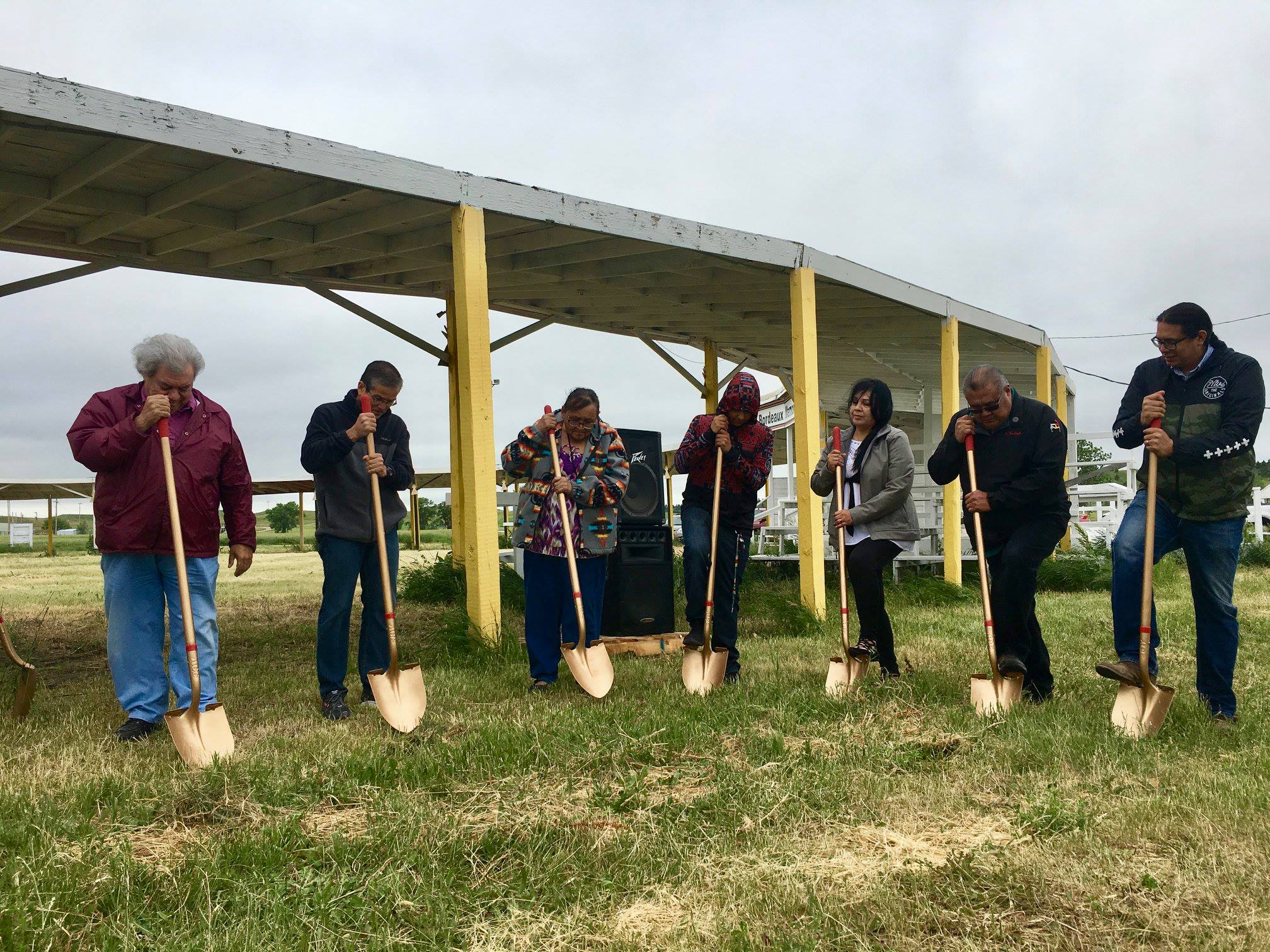REDCO expanding in Rapid City
By James Giago Davies
Native Sun News Today Correspondent
nativesunnews.today
RAPID CITY—Every business in a capitalist economy has a purpose—to make a profit. The problem is other businesses have set out to do the same thing.
To be competitive, a business must have sound vision, talented and capable people, and a solid but flexible operating structure. Some businesses have an additional purpose, a higher calling, a mission beyond profit for the sake of profit, and sometimes that mission is a noble one, and the
Rosebud Economic Development Corporation (REDCO), is a textbook example of such an enterprise.
Wizipan Little Elk, CEO of REDCO makes that mission clear in the company’s 2016 Annual Report: “We decided to get back to basics, and began honoring our original chartered purpose of ‘generating tribal revenue’ as opposed to being reliant on the Tribe. We embraced our community development role and began making priorities, developing long term plans, and implementing strategies to reach our vision of an economically self reliant tribe able to take care of itself.”
Little Elk took over the REDCO reins in the Spring of 2012, and at that time, REDCO had clearly failed at their mission, failed for the same reason so many tribal operations fail, because they had failed to be competitive, had failed to thrive, expand, and as the years rolled by, they were losing millions of dollars—but the Tribe understood what was needed—young, enthusiastic talent, with the skill and work ethic to restructure the company and turn an actual profit.
Wizipan Little Elk serves as chief executive officer of the Rosebud Economic Development Corporation, the economic development arm of the Rosebud Sioux Tribe. Photo: REDCO
Over the past two years REDCO has generated an annual profit of half a million dollars, they have expanded their operations, and been a positive force in the lives of thousands of tribal members benefiting from their services.
“REDCO was started in 1999, basically to be the economic development arm of the Rosebud Sioux Tribe (RST),” said Clay Colombe, REDCO Chief Financial Officer and VP of Financial Services. “The sole intent of separating business decisions from politics. Any government, tribal, national, whatever, can’t make decisions at the speed of business.”
The purpose of a government is obviously not to make a profit, but to meet the needs of the people, to maintain and defend the structure of society. This requires a system of checks and balances, deliberating legislative bodies, committees, comprehensive and time consuming reviews of law and policy, and no business can operate like that in the private sector and survive.
Thirty years back, the Winnebago Tribe of Nebraska started
Ho-Chunk Inc. with some casino seed money. CEO Lance Morgan had rough times initially, but his vision proved powerful, and the company grew to a multi-faceted juggernaut generating yearly profits to the tune of hundreds of millions of dollars.
Even while Winnebago tribal government was being indicted by the FBI for corruption, they could never get their corrupt hands on Ho-Chunk, Inc., and that separation proved the key to operational success. Morgan understood that to be a profitable company he had to be competitive off the reservation, and he soon established Ho-Chunk, Inc. operations worldwide.
Morgan was determined that the Ho-Chunk brand be one the world considered a symbol of success, and so he bought the tallest building in Sioux City, and put Hochunk in giant letters at the top. Back in Winnebago, he started Ho-Chunk Village, creating a showpiece for reservation transformation. Ho-Chunk sent a message to the non-Indian world that the Winnebago were still very tribal, determined to maintain their sovereign identity but create an economic wherewithal independent of treaty obligated federal funding.
Clay Colombe serves as chief financial officer and vice president of financial services for the Rosebud Economic Development Corporation, the economic development arm of the Rosebud Sioux Tribe. Photo: REDCO
When REDCO started, they had the Ho-Chunk model to aspire to, but they had something the Ho-Chunk did not have: a larger reservation, a larger workforce, and six sister tribes with which to work together for the benefit of all. Ideally, the entire Lakota Nation could have a joint corporation, a subsidiary of an even larger Oceti Sakowin corporation, giving the sovereign Sioux Nation an economic clout that could raise all tribal members out of despair and poverty but retain and invigorate their sovereign tribal identity.
Until that time, each tribe must start by first transforming their reservation, establishing a tribal corporation, and in Lakota country, only the Sicangu Tribe has risen to that challenge with REDCO.
Little Elk and Colombe are products of a new century, but with deep cultural roots and respect for Sicangu history and tradition. They have worked together, along with 16 other employees, to turn REDCO into a profitable enterprise these last three years.
It was inevitable they must expand into Rapid City, establishing a competitive presence in a Black Hills economy with over nine billion in annual sales revenue. They are positioned to expand beyond even that market, across the country, continent and world. The REDCO offices are located in the GAP building smack dab between the two halves of Rapid City, and Colombe is excited about the possibilities the Rapid City expansion holds.
But he doesn’t discount the history and struggles of REDCO to get where they are: “We learned a lot, maybe not just REDCO, but the Tribe as a whole. Typically, the things they went after, like an auto body shop, seed store, these are usually run by a family in a place like Mission, somebody with skin in the game. It takes someone who is willing to work 12-14 hours a day.”
Managing such businesses, or even helping tribal members start such businesses, was not going to generate the profits, the economic independence REDCO had been chartered to achieve. While he is still mindful of the importance of helping develop reservation business, creating services and employment, Colombe also understands the bigger picture: “I think our view now is how do we bring in money off the reservation to keep REDCO profitable.”
Tribal economic independence is the long term goal of REDCO strategy, because without such flexibility to call shots for themselves, in addition to their treaty obligated relationship with the federal government, economic conditions on any given reservation are likely to remain impoverished. A tribe will be viewed by prospective business sectors as an anachronistic drain on the state, and not a respected player and profit making partner in a modern economy.
REDCO’s Rapid City presence is the first step in establishing the company as a respected participant in the local economy.
James Giago Davies is an enrolled member of the Oglala Lakota tribe. He can be reached at skindiesel@msn.com
Copyright permission Native Sun News Today
Join the Conversation




